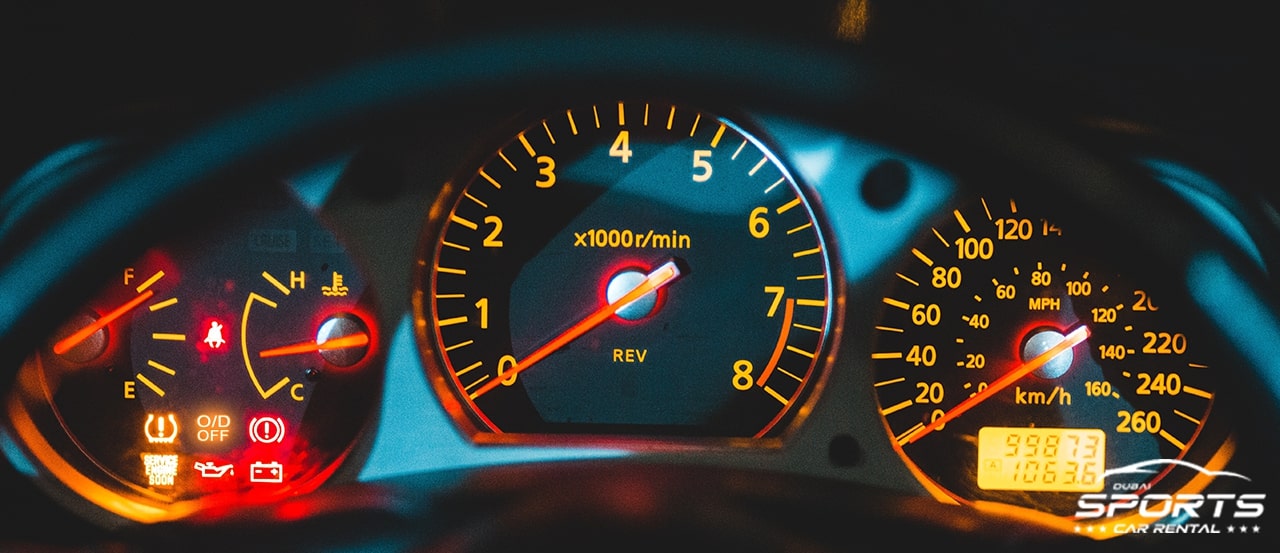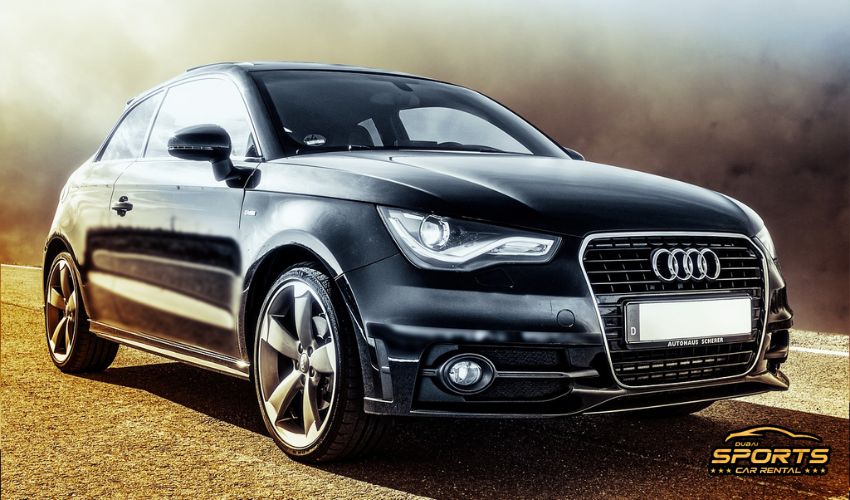Mechanism of overdrive in cars
Do you want to know about O/D off mean, Lets get started with the overdrive switch is the highest gear and a part of the vehicle’s transmission that keeps you in control of the transmission. It consists of the following parts
- Gear – externally covered by sun gear and internally by the ring
- Input shaft – An external spline attached to it
- Output shaft – Receives the power from the engagement of the overdrive
- Solenoid – Used for locking the sun gear
- Control switch
- Clutch
The gear increases the speed by arranging ring gears. When this gear is locked, the speed of the principal shaft increases. This further lowers the drive power. The overdrive ratio can be used only when enough torque is produced.
Electric control of the overdrive does the following function:
- Energizes the solenoid as the car reaches the cut-off speed
- It opens the circuit when the driver wants to disable the O/D mode.
- It disconnects the ignition circuit.
The function of O/D is initiated when the highest gear of your car is locked, limiting you to drive at a single gear with low speeds. It couples the input shaft to the output shaft directly. A control knob is used to turn ON and OFF the overdrive system.
Types of overdrives
There are generally two types of O/D functions in a car; torque converters and lock-up torque converters. Torque-up converters are devices that amplify torque when the output rotational speed is low by hydraulic means.
The converter with a clutch is generally known as a lock-up torque converter. The presence of a clutch in this type of O/D locks the transmission input leading to a 1:1 drive ratio. The lock-up converter’s popularity is higher as it offers more fuel efficiency.
In comparison to the lock-up converters torque converters, O/D is less expensive and lasts longer even if the clutch fails making it high in demand among car users.
How to turn O/D off?
When the ‘O/D off’ light is turned on in the dashboard of your car, then the function of overdrive in your vehicle is usually disabled. This means that now the car’s transmission is in your control and can be accelerated at your convenience.
In a manual car, the O/D switch is located near the gear shift and has to be switched ON to enable its function, while automatic cars usually come with O/D turned on by default to enhance the car’s overall performance.
When to turn off the O/D mode
Turning off the O/D feature is recommended while driving uphill or downhill. This lets the vehicle’s engine do most of the work without putting pressure on the engines or overheating.
While driving in a place full of traffic, turning the O/D mode off is advisable to gain better control of the vehicle’s transmission. Using the overdrive feature is better when traveling on highways as it creates fast wheel rotations per minute, resulting in low acceleration power. If you visit Dubai and want to rent a Ford through our luxury car rental Dubai company, you can drive to desert and see the feature of the car.
Turning off the O/D mode is better when you see a blinking overdrive indicator. This might be due to automatic fuel leakage, hydraulic control path clogging, or solenoid valve failure.
O/D OFF in an Automatic Car
As discussed above, the O/N mode in an automatic car is usually ON unless turned OFF. Overdrive in an automatic car is usually the highest gear, which reduces the engine’s RPM to the required road speed, increasing fuel proficiency. The gear ratio for high power production is usually 1, but in overdrive, the mode ratio ranges from 0.6 to 0.8.this process makes the cruise at high speed with low rpm.
When the sun gear of the overdrive is locked, it leads to the engagement of the O/D, giving more power to the engine for a smooth drive.
If you turn off the overdrive mode in an automatic car, the sun gear is unlocked, making the output and input shaft rotate at the same speed, increasing the engine’s pressure.
Is it safe to drive in O/D OFF mode?
Yes, it is safe to drive in O/D OFF mode most of the time, but it is advised to use it in conditions where it can increase the overall performance of the car. It is better to put the O/D in Off mode while driving with heavy loads or towing as the rpm fluctuates whenever it goes to high speed leading to difficulty in driving. Avoiding the overdrive function will drop your fuel efficiency and increase pressure on your car’s engine.
Enabling the O/D mode off will not harm your engine but will drop the overall performance of the car and decreases the durability of your car’s engine. Enabling overdrive also reduces the possibility of developing a steering noise.
It is a myth that overdrive is harmful to the engine, rather using the overdrive mode increases the efficiency of the engine.
Can overdrive help in fuel consumption?
O/D in OFF mode will save fuel if you don’t rev your engine too much without acceleration. Overdriving the gear decreases the speed of an engine, putting less pressure, hence better fuel efficiency, and less wear and tear on the engine. It is better to use O/D off mode in areas with traffic or uphills and downhills only.
With a better understanding and usability of overdrive, you can enhance the durability and overall performance of your vehicle’s engine. Overdrive has more pros than cons, and it is always advised to use this mode for better car transmission.






